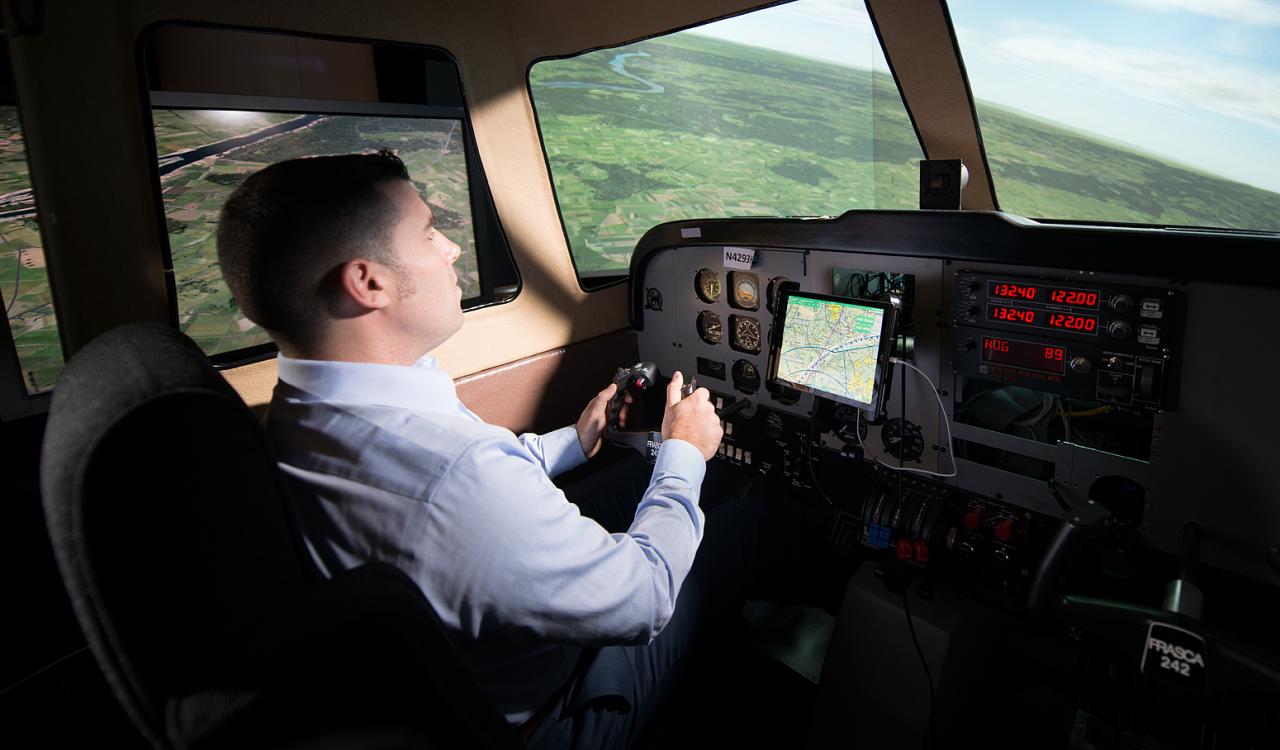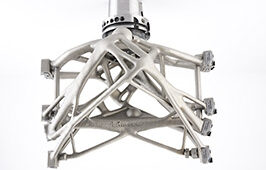Apply for the 2018 R&D 100 Awards
The Digital Copilot was a 2017 R&D 100 Awards Winner, receiving the award at the R&D 100 Awards Gala held in Orlando, Florida on Nov. 17, 2017. The Digital Copilot was also one of three Editor’s Choice awardees honored at the event. See the full list of 2017 R&D 100 Award Winners here.
The R&D 100 Awards have served as the most prestigious innovation awards program for the past 56 years, honoring R&D pioneers and their revolutionary ideas in science and technology.
Submissions for the 2018 R&D 100 Awards are now being accepted. Any new technical product or process that was first available for purchase or licensing between January 1, 2017 and March 31, 2018, is eligible for entry in the 2018 awards. Entries for the R&D 100 Awards can be entered under five general product categories— Mechanical Devices/ Materials, IT/Electrical, Analytical/Test, Process/Prototyping, and Software/Services.
The deadline is July 2, 2018.
To apply visit: https://www.rd100conference.com/how-enter-rd-100-awards/
Studies show that single-pilot flights are more dangerous than two-pilot flights, mainly due to an increased workload associated with flying solo and the lack of a second pilot to crosscheck decisions.
General aviation pilots tend to rely on hard copy charts and books for information on airport and runway data, navigation and communication frequencies, as well as hard copy checklists pilots reference during various phases of the flight.
During single-pilot flight—which make up the majority of general aviation flights—pilots have to look down at these charts and papers, creating a potentially unsafe situation.
Now, pilots flying solo missions can verbally request any information they may need, enhancing the safety of the flight.
The MITRE Corporation has created the Digital Copilot, a set of software algorithms that act as a cognitive assistant, both inferring information the system feels the pilot may need—like runway information and upcoming weather data— and also allowing the pilot to verbally request information at a given time.
This gives a solo pilot the feel of having a human co-pilot throughout the flight. The Digital Copilot was a 2017 R&D 100 Awards Winner, receiving the award at the R&D 100 Awards Gala held in Orlando, Florida on Nov. 17, 2017. The Digital Copilot was also one of three Editor’s Choice awardees honored at the event.
Benefits of the Digital Copilot
The algorithms focus on reducing the pilot’s workload through information management, which can be grouped into categories of on-demand information and contextual notifications.
The main benefit of the new technology, which can be downloaded directly onto a tablet or other mobile device, is that it can determine when information is required and automatically provides it to the pilot at the appropriate time through a simple and intuitive speech-based interface.
“This is really a technology that use sensors that already exist and uses algorithms and data combined to help inform the pilot better about decisions to make,” Matt Pollack, the co-department head of Aviation Human-Centered Experimentation and Training at MITRE, said in an interview with R&D Magazine.

Photo Credit: MITRE
In an interview with R&D Magazine, MITRE’s John Helleberg, group lead of Human-Centered Flight Deck Research and Engineering, explained that the Digital Copilot was specifically designed for general aviation single-pilot flights, considered by many to be the most dangerous form of air travel.
“Our interest in improving safety and general aviation operations was generally where we wanted to start,” Helleberg said. “We see the opportunities for the biggest safety improvements.”
“We wanted to start with something that didn’t require lots of expensive connections to the aircraft or panel mounted hardware,” he added. “We had basically just been building on algorithms and tools that provide the single pilot with some of the support that they would have gotten had there been another pilot. When there is more than one pilot on board operations tend to be much safer.”
As modern technology has improved, pilots have begun to download and use different apps on tablets as they fly. However, this process still requires the pilot to physically interact with the device, thus taking their attention off the controls of the plane.
However, the MITRE software infers the pilot’s intent based on the context of the given flight to determine when information is required. When the system feels a piece of information is important, it will automatically provide it to the pilot.
Some of the information the Digital Copilot is able to infer include the current phase of flight, and the current leg of the landing approach. It can also monitor for weather events or warn the pilot if they deviate from safe operations.
Pilots can also request information about the destination or other airports, approach altitude and direction, basic position information relative to the destination, and checklists.
“The concept of having a digital entity that can help you by providing information on demand or looking over your shoulder and letting you know that things are becoming unsafe can be extended to multi-pilot crews or transport category aircraft,” Helleberg said. “If you have gotten yourself into a distressed situation, whether that be through the loss of radio communications or a systems failure on the aircraft than having support on board I think would be helpful.”

Photo Credit: MITRE
Because the Digital Copilot is not specifically installed into the aircraft, it does not require approval from the Federal Aviation Administration or other government entities.
Currently, the technology is not equipped to be connected to the Cloud or radios used in air traffic, but MITRE researchers said it could be feasible in the future.
Looking ahead
Steven Estes, Principal Human Factors Engineer at MITRE, explained in an interview with R&D Magazine what the research team would now do to finalize the Digital Copilot.
“We have the remainder of the year to continue to work on the features that we are interested in and then there are several different avenues that we are interested in featuring.” Estes said. “We talked about, if we would we be able to provide custom versions of the Digital Copilot for specific operations. I think in the future we will look at customization, increasing functionality and doing things like seeing if connecting to the Cloud would provide benefit.”
A customized Digital Copilot could, for example, be designed for pilots in helicopters flying emergency medical missions that face different obstacles and issues that regular pilots do not, including landings in a field or the middle of a street, said Estes. The technology could also be applied to other industries, such as for use in operating rooms for anesthesiologists, who could request information like dosage calculations on command.
MITRE is a not-for-profit operator of federally funded R&D centers that works to make technologies, like Digital Copilot, available to industry for commercial development through its technology transfer program.
More information on the Digital Copilot and other emerging technologies by MITRE can be viewed on the company’s website.




